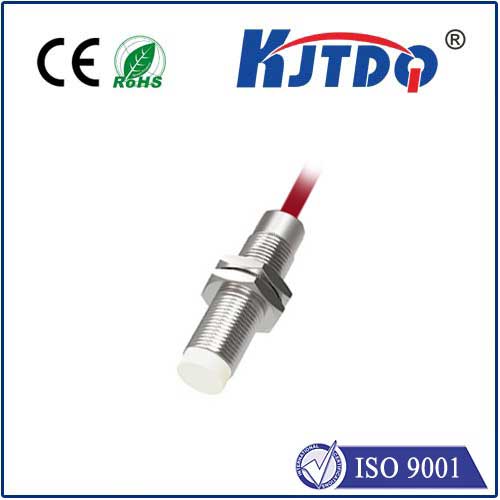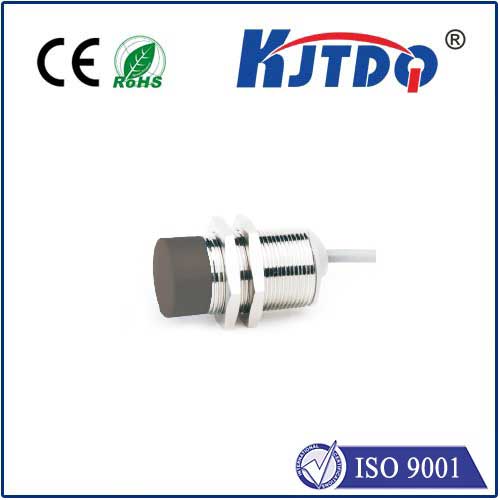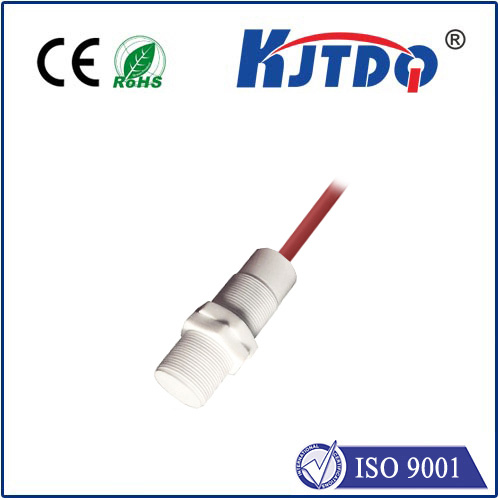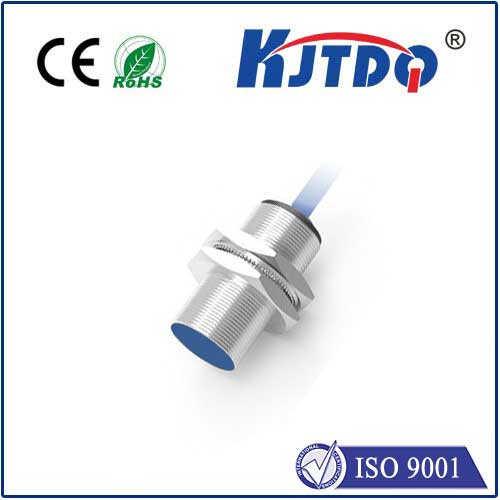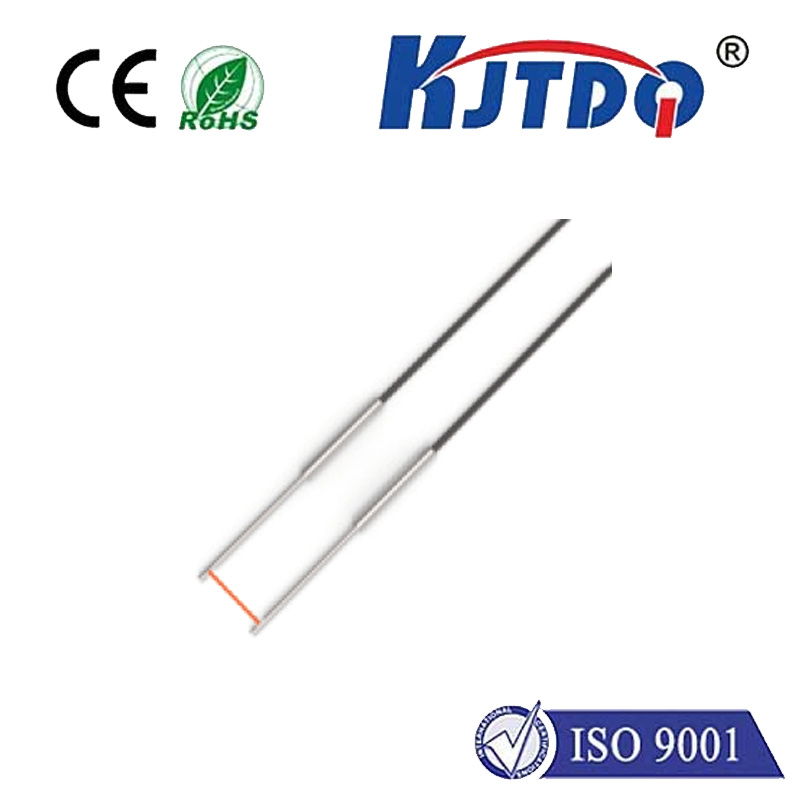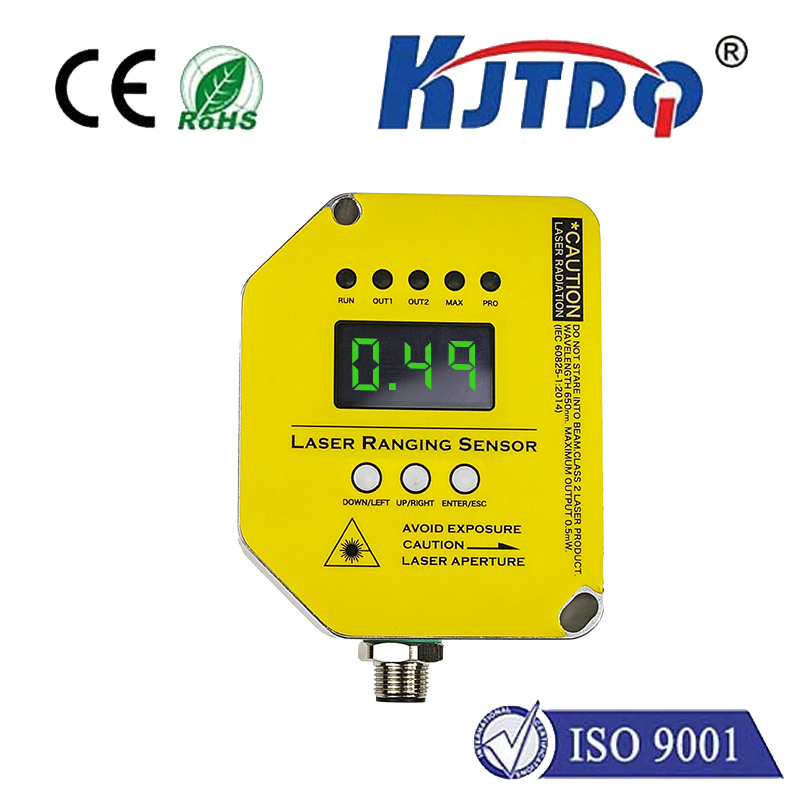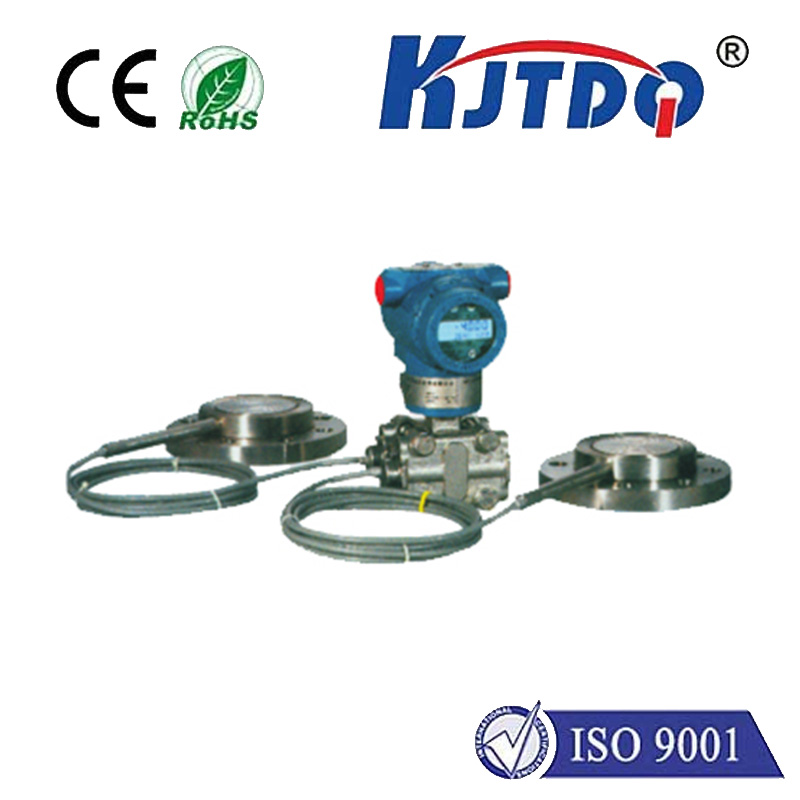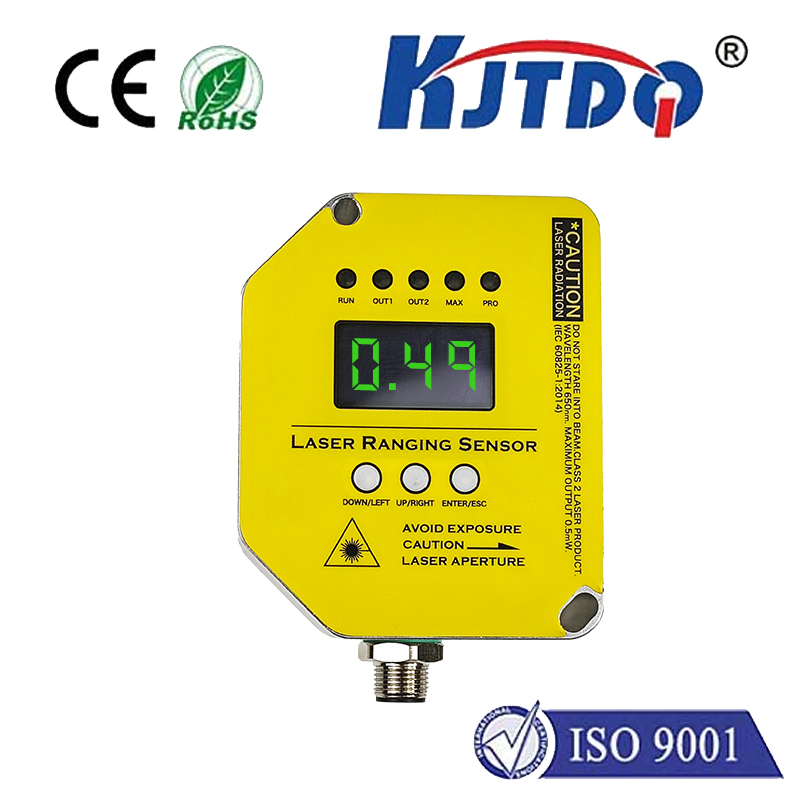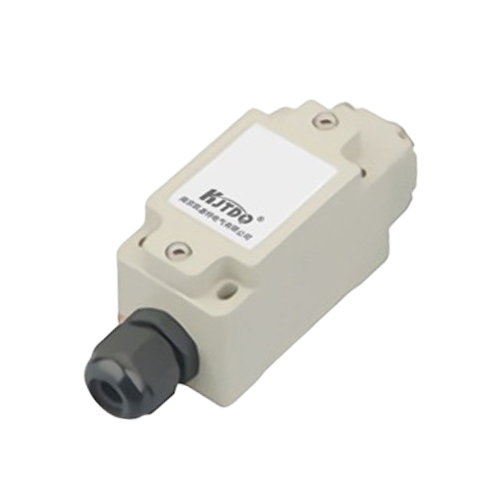

check

check

check

check

check

check

check

check

check

check

Title: The Essential Role of Sensors in Measuring Temperature Introduction In the realm of technology and industry, sensors play an integral role in monitoring and controlling various parameters. Among these parameters, temperature is one of the most critical. The ability to measure temperature accurately has far-reaching implications in numerous fields such as meteorology, medicine, manufacturing, and environmental monitoring. This article delves into the significance of sensors that measure temperature, their applications, and how they function. Understanding Temperature Sensors Temperature sensors are devices designed to detect and measure thermal energy. They convert this energy into a signal that can be read by an instrument or a data recording system. These sensors come in various types, including thermocouples, resistance temperature detectors (RTDs), thermistors, and infrared sensors, each with its own advantages and specific use cases. The Working Principle of Temperature Sensors Thermocouples generate a voltage based on the Seebeck effect when two different metals are joined at two points and the temperatures at these points are different. RTDs utilize the principle that the resistance of a material changes predictably with temperature. Thermistors are resistors whose resistance decreases with increasing temperature. Infrared sensors, on the other hand, measure the heat given off by an object without any physical contact. Applications Across Industries Temperature sensors are employed across a myriad of applications:
